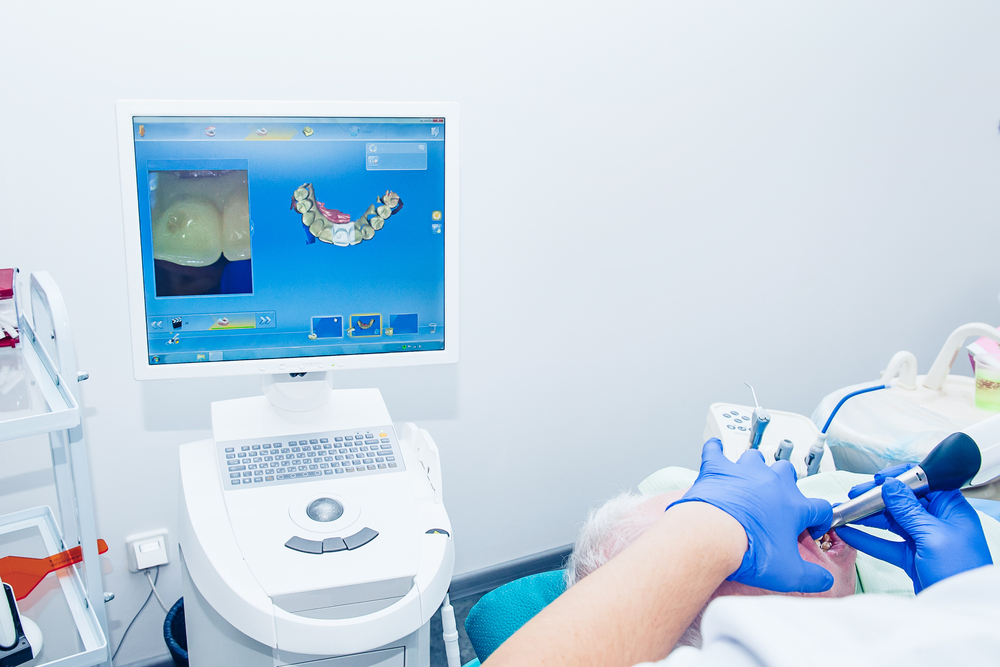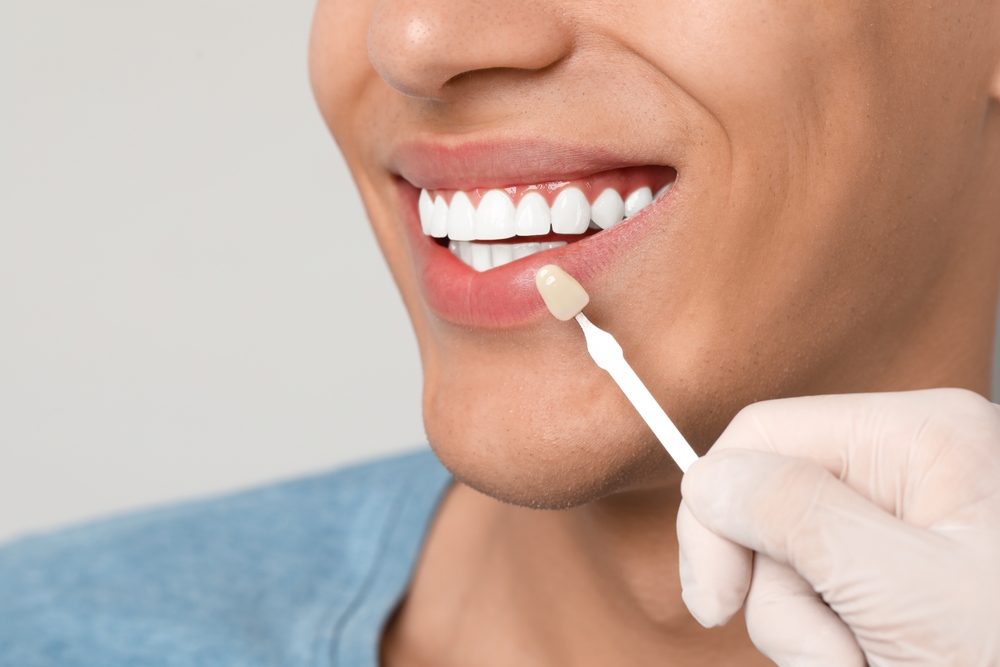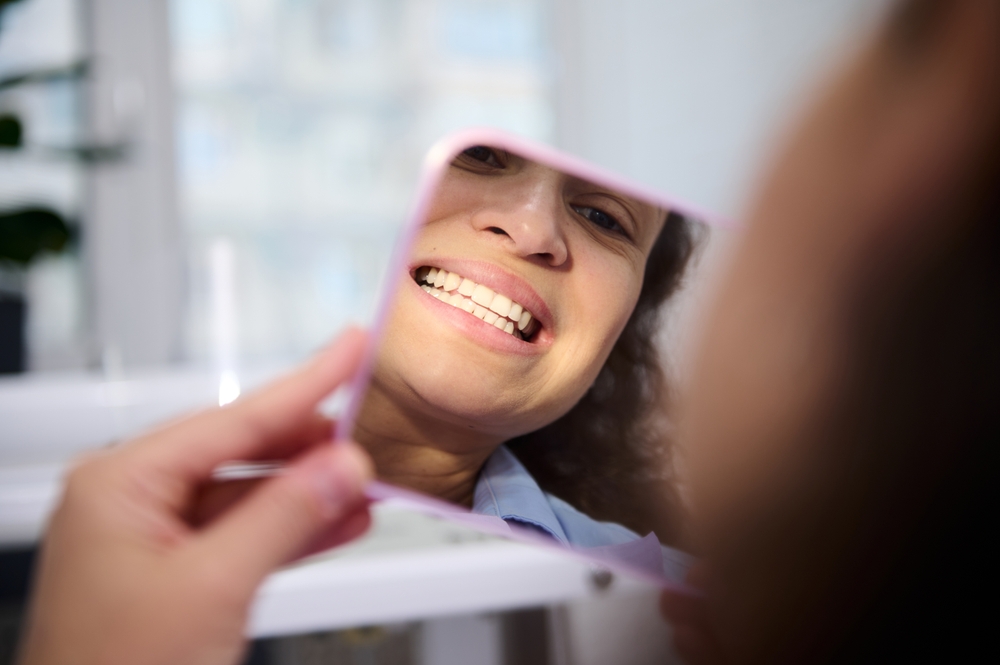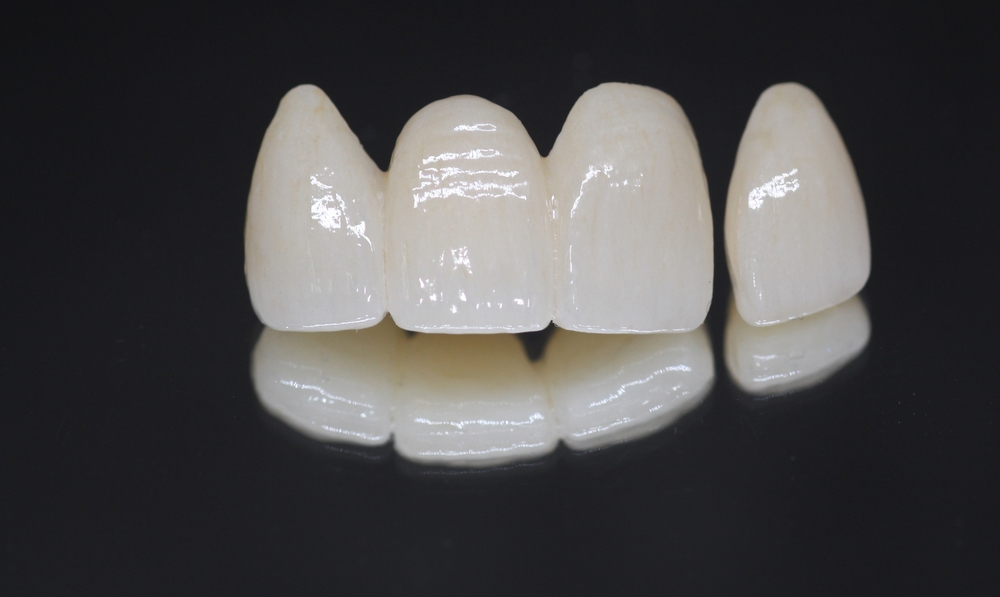In recent years, the field of dentistry has witnessed remarkable advancements, particularly with the integration of CAD/CAM (Computer-Aided Design/Computer-Aided Manufacturing) technology. This innovative technology has revolutionized dental restorations, offering numerous benefits to both dental professionals and patients. In this blog, we’ll explore the importance of advanced CAD/CAM technology in dental restorations and how it is transforming the dental industry.
Precision and Accuracy
One of the most significant advantages of CAD/CAM technology is the unparalleled precision and accuracy it brings to dental restorations. Traditional methods of creating dental prosthetics, such as crowns, bridges, and veneers, often involve multiple steps and potential for human error. CAD/CAM systems, on the other hand, utilize digital impressions and sophisticated software to design restorations with exceptional accuracy. This ensures a perfect fit, reducing the need for adjustments and improving the overall outcome.
Enhanced Efficiency
CAD/CAM technology streamlines the entire process of dental restorations, from initial design to final production. Traditional methods can be time-consuming, often requiring multiple visits and weeks of waiting for the final prosthetic. With CAD/CAM, digital impressions can be taken quickly, and the design can be completed in a matter of minutes. The manufacturing process is also expedited, allowing for same-day restorations in some cases. This enhanced efficiency not only saves time for both patients and dental professionals but also increases the productivity of dental labs.
Improved Patient Experience
The introduction of CAD/CAM technology has significantly improved the patient experience. Digital impressions are more comfortable and less invasive compared to traditional impression materials. Patients can avoid the discomfort of impression trays and the associated gag reflex. Additionally, the quick turnaround time for restorations means that patients can receive their prosthetics faster, reducing the number of appointments and minimizing the inconvenience of temporary restorations.
Superior Quality Materials
CAD/CAM technology allows for the use of high-quality materials in dental restorations. These materials, such as zirconia and lithium disilicate, offer excellent durability, strength, and aesthetics. The precision of CAD/CAM systems ensures that these materials are used efficiently, reducing waste and ensuring consistent quality in each restoration. Patients benefit from prosthetics that not only look natural but also provide long-lasting performance.
Customization and Versatility
Every patient is unique, and their dental restorations should be too. CAD/CAM technology offers unparalleled customization options, allowing dental professionals to tailor restorations to the specific needs and preferences of each patient. Whether it’s matching the color and shape of natural teeth or accommodating specific bite patterns, CAD/CAM systems can create highly personalized prosthetics. This versatility extends to a wide range of dental restorations, including crowns, bridges, inlays, onlays, veneers, and implant-supported restorations.
Consistency and Reliability
Consistency and reliability are crucial in dental restorations, and CAD/CAM technology delivers on both fronts. Traditional methods can sometimes lead to variations in the quality and fit of restorations due to manual processes. CAD/CAM systems, however, ensure consistent results by adhering to precise digital designs and automated manufacturing. This reliability translates to fewer remakes and adjustments, leading to greater patient satisfaction and reduced chair time for dental professionals.
Innovation and Future Potential
The integration of CAD/CAM technology represents just the beginning of a new era in dental restorations. As technology continues to evolve, we can expect even more innovative solutions that further enhance the quality, efficiency, and customization of dental prosthetics. The ongoing development of materials, software, and manufacturing techniques will undoubtedly lead to exciting advancements that benefit both dental professionals and patients.
Conclusion
The importance of advanced CAD/CAM technology in dental restorations cannot be overstated. From precision and efficiency to improved patient experience and superior quality, CAD/CAM systems have revolutionized the way dental prosthetics are designed and manufactured. As this technology continues to advance, the dental industry will undoubtedly see even greater improvements, ultimately leading to better outcomes and enhanced patient care. Embracing CAD/CAM technology is not just an option; it’s a necessity for dental labs and professionals who strive to deliver the best possible restorations to their patients.




